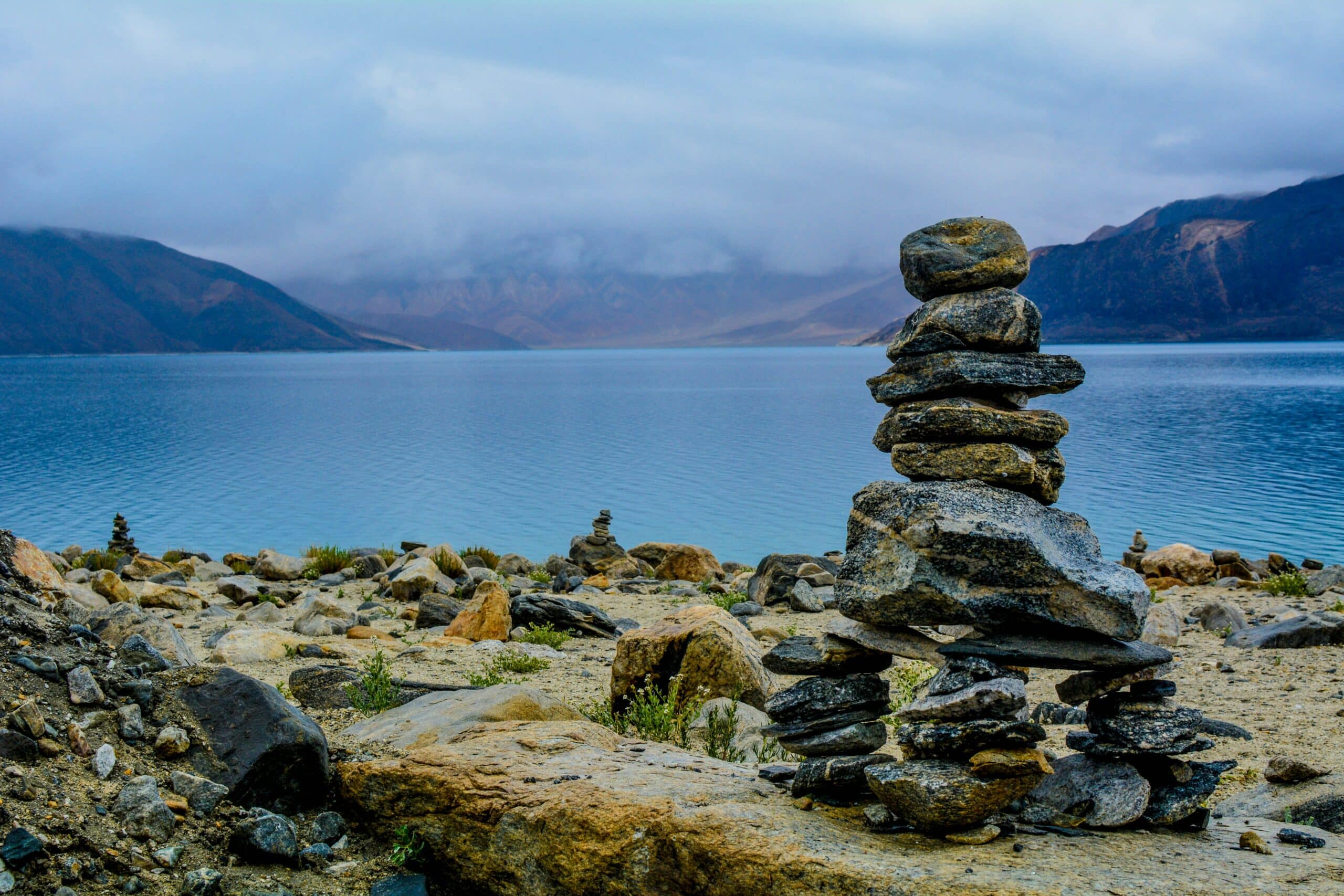Acclimatizing in Leh-Ladakh 15 Jul 2018 – Posted in: Blogs
The journey to Leh-Ladakh offers stunning vistas and gets the adrenaline racing-a perfect blend of beauty and adventure. Most of the sites that you may wish to visit are located above altitude of 10,000 feet. The climb up the numerous mountains can leave you breathless – and sometimes not in a good way.
One of the most exciting and challenging aspects of Leh-Ladakh – the height at which it is located also brings with it risks. There is a possibility that you might experience AMS.
What is AMS?
AMS stands for Acute Mountain Sickness. This is a condition that occurs due to low oxygen intake level at high altitudes such as ones over 10,000 feet (3,048 meters). The rate at which you reach high altitude, age, sex, metabolism and physical conditions play a key role in determining if a person suffers from AMS and how severe the symptoms are. Another factor that impacts AMS is the amount of physical exertion that you undertake – the more you exert yourself in areas in higher altitude, the higher the chances get. However, while not everyone will suffer from AMS, it is important to know the symptoms.
Effects of AMS:
As a traveller to Leh- Ladakh there is a chance that you might face one or more of the following symptoms-
- Nausea/ Vomiting
- Fatigue or weakness
- Dizziness
- Lightheadness
- Lack of Sleep
- Loss of Appetite
- Headaches
- Shortness of breath
These symptoms mark moderate AMS. They may be experienced anywhere between 12-24 hours of reaching high altitude. Symptoms are person specific and may also include nose bleeding and swelling of face, feet and hands. It is essential to identify and communicate about the symptoms that you may experience and seek proper relief.
The third phase of AMS is critical. It requires immediate O2 and medical attention.
Preventing AMS:
AMS will surely put a damper on your long-awaited adventure. Here are some for tips to help you prevention or mitigate the effects of AMS. You can do in two ways:-
- Ensure that your body is properly acclimatized.
- Medication to prevent the symptoms.
Acclimatization Planning is the key.
You might feel the effects of AMS particularly if you arrive in Leh directly via flight.
The main culprit behind altitude illness is going beyond the speed limit of what your body can adapt to! Gaining altitude too fast is to blame for AMS. Try to plan your journey in such a way that you give your body time to adjust to the decreased oxygen levels. The time needed for this adjustment may be anywhere between 1-3 days. This span is called acclimatization.
The body undergoes certain changes in order to cope with the environment. Some of these include an increase in the depth of respiration, increased pressure in pulmonary arteries that forces blood into portions of the lungs which are not normally not used at an altitude at sea level. There is also an increase in the production of red blood cells to carry more oxygen in order to make up for the low level of O2.
If you are flying to Leh, it is advisable to allow your body time to adapt. You can do this by spending a day or two in the town before heading off on your adventure. Ensure that you rest properly for at least 48 hours.
Limit exertion and exposure:
Ensure that you do not push your body beyond its limits and moderate the amount of time that you spend in areas with high altitude. Some of the areas where one is likely to experience AMS are Tanglang Pass, Tso Moriri, Pangoong Tso and Khardungla.
Take care of your body:
Avoid Smoking, Anti-depressants and Alcohol. Ensure that you do not over-eat. Proper hydration is also important so ensure that you drink water frequently. Adequate sleep is essential and so is ensuring that you don’t sleep in a place with high elevation where you feel the symptoms of AMS. In this case, descend to a lower altitude.
Talk to your doc!
Consult a doctor before you embark on your adventure. Make sure that you are at optimum health. It is highly advisable that you avoid high altitude in case of a history of heart problems. Your doctor may recommend medication that can accelerate the acclimatization process.
What to do in if AMS hits?
Precautions aren’t always fool proof. In case you do experience the effects of AMS, we have you covered as well.
Medication:
You can take care of mild AMS with pain relievers for the headaches and Diamox. These methods may help you gain relief from the symptoms.
Go down to go up:
Descent to a place of lower altitude will reverse the effects. For mild AMS, descent to areas lower by a hundred metres may help. For moderate AMS, one must descend down to areas that are 1,000-2,000 feet (305-610 meters) lower. For severe AMS symptoms immediate descent to lower altitudes 2,000 – 4,000 feet [610-1,220 meters] is essential. It is advisable to remain at a place of lower evaluation for 3 days so that the symptoms subside and the body is acclimatized and ready to explore higher elevation.
While an oxygen tank can help in case of a breathing problem, we request you to listen to your body and take measures in case of AMS. With proper knowledge and precautions, your journey is sure to be an unforgettable and exhilarating one.






